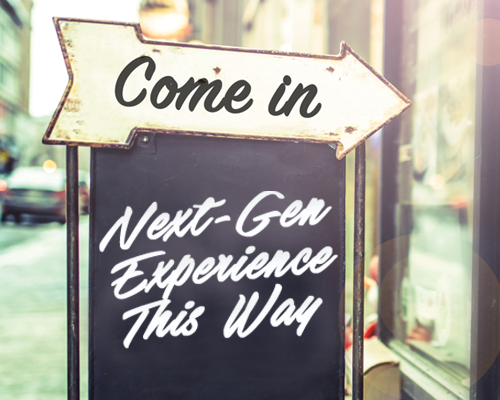
“Both stores create the most personal and responsive retail environment in the industry,” explained Parker. “It’s a digital experience brought to life in a physical space.”
The New York City flagship resides in a 68,000-sq-ft space expanding across six stories and, once inside, the Nike App provides shoppers experiential choices through their smart device. Shoppers can Shop The Look, by scanning a code on an in-store mannequin, which allows them to browse every item displayed on the model, check to see if specific sizes are available in-store and then request the items be sent to a fitting room.
Nike Instant Checkout allows shoppers to scan and pay for purchases from within the Nike App skipping the checkout line. Instant Checkout stations are positioned throughout the store so shoppers can bag and go quickly.
The store also houses the Nike Speed Shop, an entire floor that uses local data to stock its shelves, and re-stock them based on what the community wants. While the Speed Shop is on a grander scale, the Nike Live concept launched last summer, when the footwear and apparel retailer opened Nike by Melrose; the data-driven store’s inventory assortment is influenced by what consumers are buying from surrounding zip codes.
The “local” concept is one example of Nike using digital demand sensing to leverage its intuition by amplifying it with real data to discover consumer preferences.
“It is truly an end-to-end initiative at Nike,” noted CFO Andy Campion. “It starts with consumer data and analysis around consumer data. And I’d say, that is manifesting itself right now already and most importantly, in terms of digital demand sensing.”
Throughout fiscal 2019, Nike says it will invest significantly in the “organic development” of new capabilities, including digital demand sensing, consumer data and analytics, connected inventory, digital product design and creation, a digital content engine and a new enterprise resource platform that will help unlock speed and flexibility in its supply chain.

